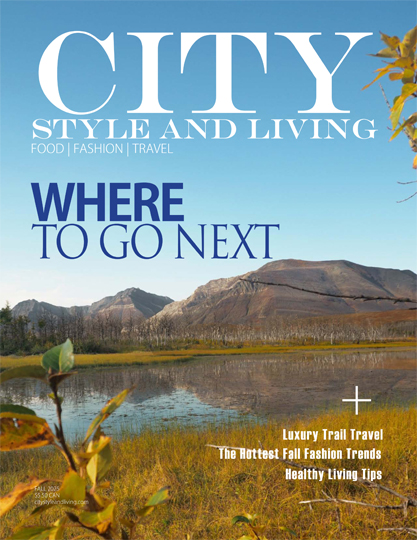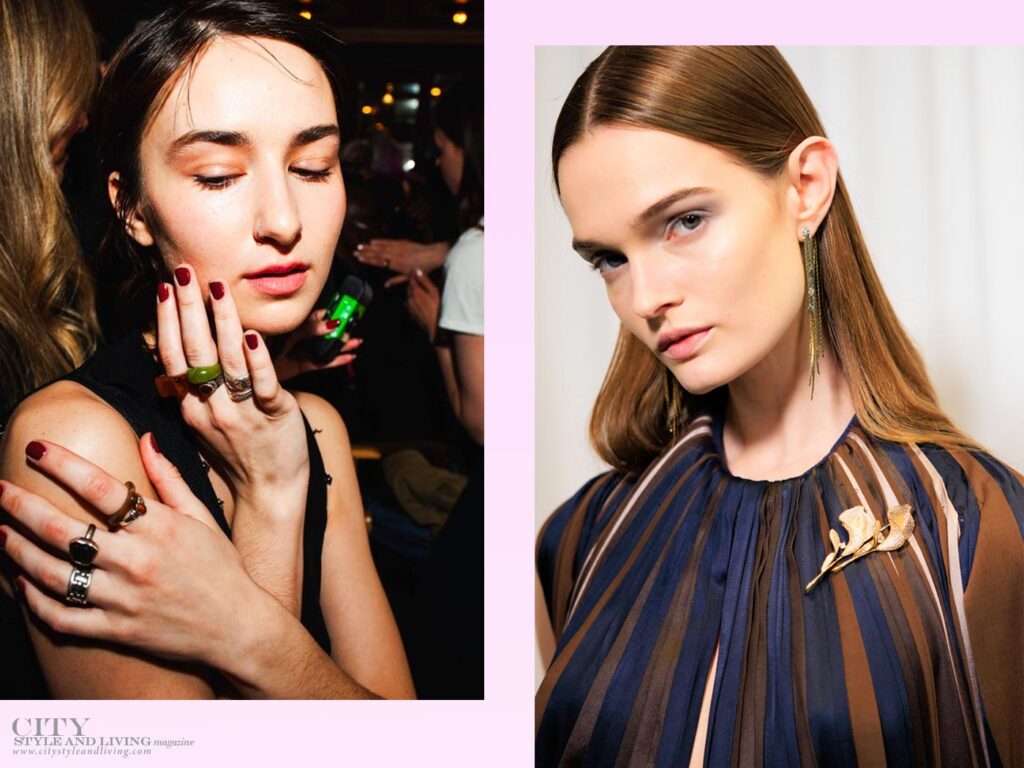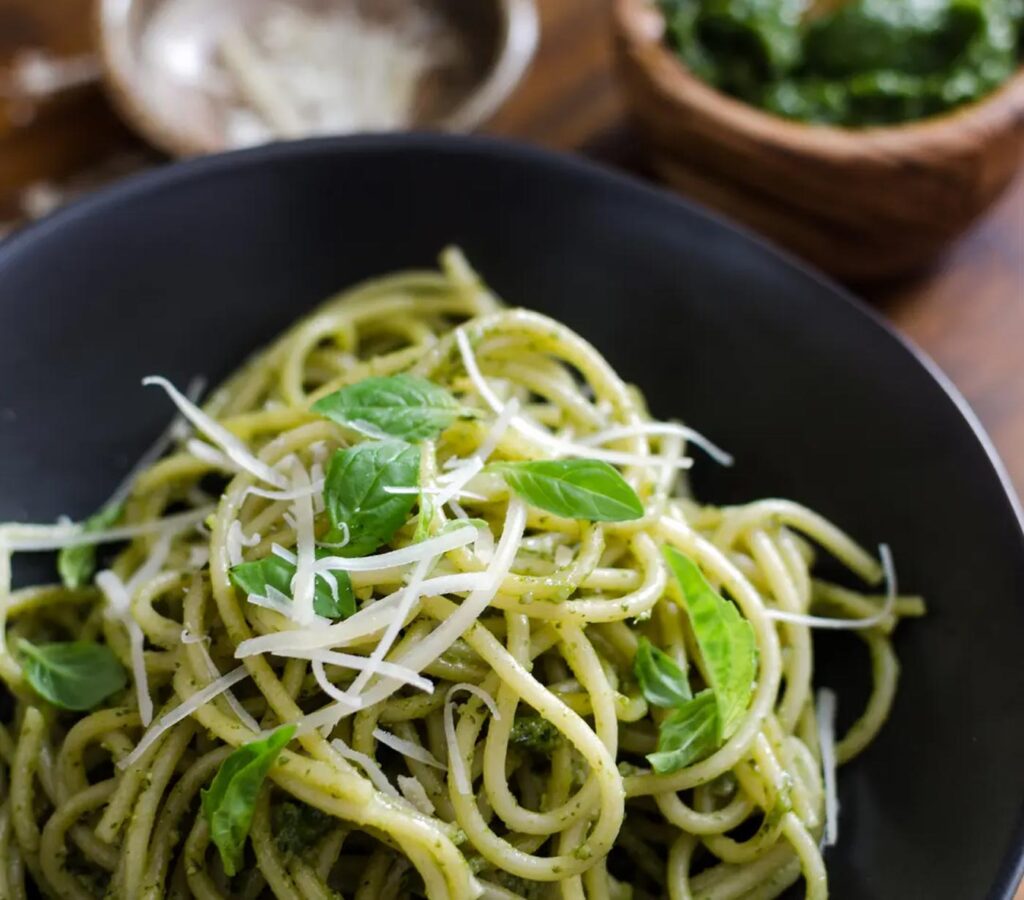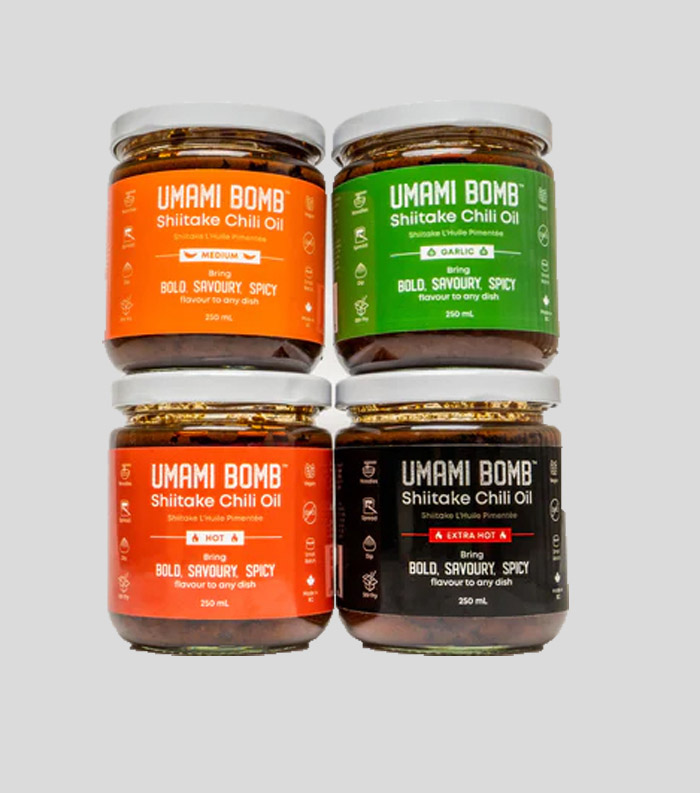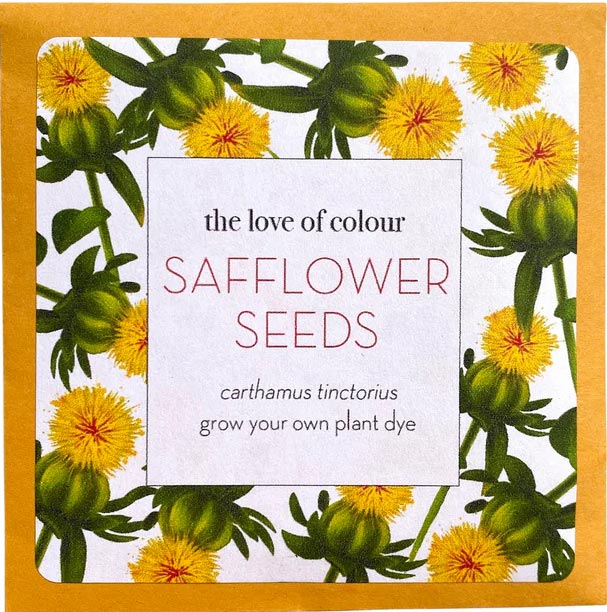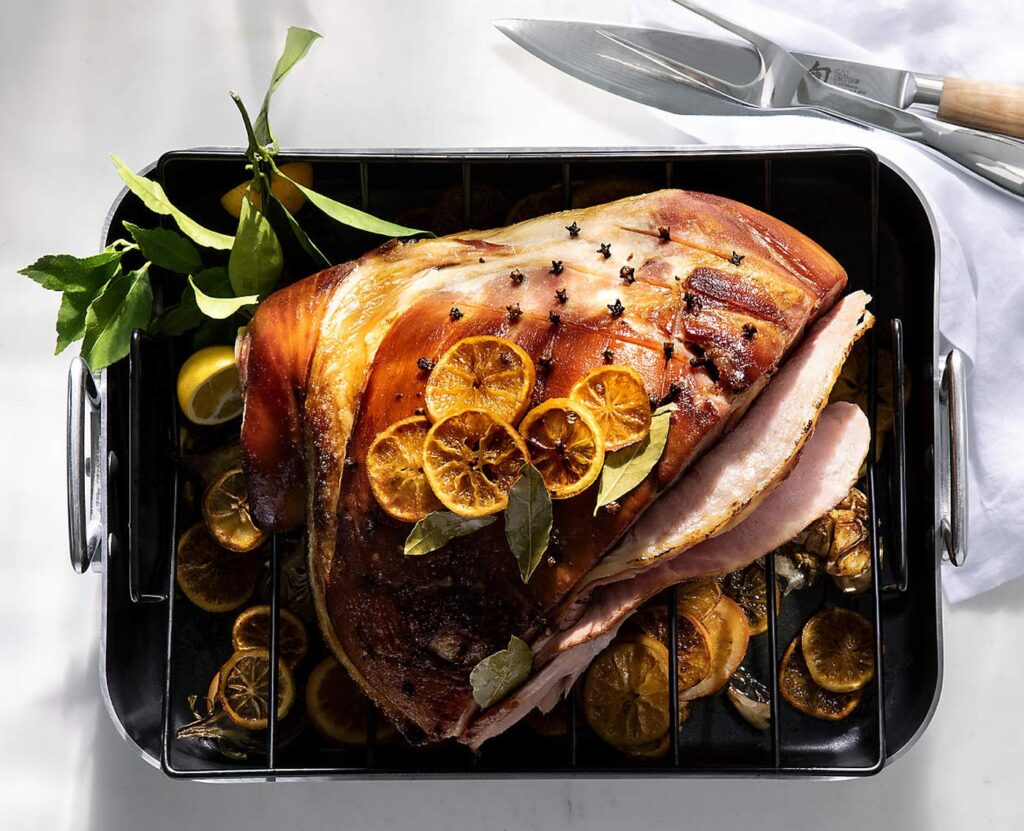

Or, in the land of Riri, rum, and rhythm, is a rum shop more apt a comparison? On a journey around the island our author seeks to find out.
If you come to understand a rum shop, and heed its lessons, you’ll have the best education in the world. That this is true is not so much irony as extrapolation. An acknowledgement that a place which precariously and constantly skirts the edge between private and public, tasteful and coarse, honourable and reckless, may also, if you so will it, leave you joyfully untouched by its teetering.
There will be easy things to learn and some more difficult and many that you will remember all the days of your life. Like how to pour a nip without spilling a drop, fill old glass jars with homemade tamarind balls, and remove a crown cap from a cold beer in one swift movement with the built-in opener beneath the counter. Or, how to mark up goods, and write the names of regular customers on newspapers, in case they sell out and how to place orders with weekly delivery trucks and sometimes with sellers on foot. Or again, to awaken at any hour of the day or night to heed the call, “Tantie,” although the louvres are shut and the entire household asleep.
But, what you will know, more than any of this, is that all you’ll ever meet in this “mote of dust, suspended in a sunbeam” are, in West Indian parlance, rum shop characters. And, the essence of a rum shop is merely this – to be courteously assertive to all without losing the respect of any – to dissolve mind in heart.
“Rum shops began with people sacrificing their living rooms. A rum shop is not a bar. The vibe of a rum shop is different – it is the corner store for the village and the place to talk politics, sports, gossip. It’s my favourite place,” says Chesterfield Browne, International Brand Ambassador for Mount Gay Rum Distilleries.


There are hundreds of rum shops across Barbados, as there are on most Caribbean islands but quite possibly they are the heart of Bim. A legal deed of 1703, which included a pot still house, established Mount Gay and consequently the island, as the oldest producer of rum. “Barbados and rum go hand in hand,” continues Browne.
Alongside a couple from St. Lucia, inside the recently reconstructed great house, destroyed by fire a few years ago, Browne gives an oratory before taking us to see the well, the factory, and finally the aging warehouse. There we meet the affable master blender, Trudiann Branker, the first female to hold the position at the company.

After knocking a barrel open with a mallet, we are invited to mix aged rum from a column still (weighty and dark with notes of vanilla and summer fruit) with the remarkably different pot still (light with floral and citrus notes). I am given a vial of my blend capped with red wax as a memento. To try the much discussed house range however, I go to lunch at the visitors centre. While the tasting is generous, the overall experience seems out of sync with the carefully constructed image of Remy Cointreau.
In its most basic form, rum is nothing more than water, sugar cane, and yeast. An elixir of the visible and invisible, for time too plays a role. How these combine and the machinations that brought them here is, in large part, the relatively recent story of Barbados.

Before the indentured labourers from England, Ireland and Scotland, before the slaves, before this was a British army outpost, even before sugar, there were Caribs and Arawks. They existed too long ago as far as anyone is concerned for they are often mentioned as mere interlopers in the history of Barbados. This, although their middens are full of flying fish, it is they who gave a taste for mauby, their bridge which gave the capital its name, they who worshipped the silk cotton tree, so that to this day no one dare cut it down, and it is their word hurricane which was loaned to the English language.
Of course, you meet a place where it is, and today, rum, sea, sun are tourist shorthand for the enticements of Barbados. Few venture beyond the seen-and-be-seen Platinum coast or the relaxed south. There is of course, plenty more to this island. Its eleven parishes each centre on a church. St. Michael’s reveals a gorgeous wooden vault and St. John’s has a storied cemetery, gothic revival architecture and beautiful grounds. Parish names serve as a vernacular compass, so that locals will tell directions by them, or reference them as their birthplace.
Persistent British settlement has made much of quiet Bridgetown seem familiar with its 19th century parliament buildings of stone brightened with mint green shutters, its Lord Nelson statue leading toward the market where men are bent over a spirited game of dominoes. Scotland district too is déjà-vu to those accustomed to grazing cows amidst grass turned electric by sunlight. The longstanding British influence is most remarkable when patois names and phrases are met by blank stares — the French never had a foothold here.
There are surprises all over the island too — oilfields in the countryside, dwarf coconut groves in an effort to revive agriculture, a baobab tree in Queen’s Park said to have come from Africa as a seed hundreds of years ago. Then there are the trucks piled high with sargassum, seaweed that began to appear across the region in 2011, which men spend hours in the hot sun to remove from beaches. It has brought rarely seen species and made flying fish scarce and expensive.

All in all, Barbados is easy. The war correspondent Alexander Gault MacGowan’s wife penned a column under the nom de plume, Humming Bird, noting in 1930, “…there is no doubt that in the minds of most persons qualified to judge, Barbados is a finer place to live. I have myself catechized three or four persons who have spent a pretty long time in many West Indian islands, and they all say that given their choice, they would choose Barbados. There is a something about the place.”
What precisely that something is, it’s hard to say, though some inscrutable combination of geography and geology is a clue. As Bajans are quick to point out, its easternmost position makes it not quite part of the Caribbean chain. Further distinguishing it from volcanic neighbours, it rose from the sea by tectonic plate movement — a coral limestone island protected all round by reefs. While there are springs, the island has little surface water.
Peter Stevens, President of the Barbados National Trust explains this phenomenon as he gestures to a drip stone, a water purifier from plantation days. It is a rectangular enclosure where two large tapering stone basins are fitted one above the other while a marble basin sits in the third chamber. “This replicates what happens underground, above ground,” he says. Drip by drip, water filters through the porous limestone to create underground aquifers, or, in this case, potable water.
A group of 13 has assembled outside George Washington House, part of the Garrison Historic Area. America’s first president stayed in this house as a young man, marking the only time he left his country. Two major experiences in Barbados forged a man who would lead the revolutionary army to victory: he was inoculated by having contracted small pox (a major concern during the war) and he gained an understanding of the valuable sugar assets of the British which they would divert resources to defend against the French. Stevens, though, cautions against overestimating the role of Barbados in Washington’s life.

To protect the stronghold on Barbados and the Windward and Leeward islands the garrison was eventually built in 1789 as the British army’s headquarters. The even older Charles Fort from the 1650s sits on the grounds of the Hilton compound. Designated a UNESCO World Heritage Site, the massive area is difficult to grasp today because the old army roads have been paved and all manner of modern buildings superimposed.
Below ground, it is another story, an estimated 10 000 foot long tunnel system lay forgotten and undisturbed for decades. It was built beneath the savannah (now a racetrack) in the 19th century as a drainage system to combat malaria and yellow fever and as an escape system if the island were ever invaded. As I walk through the portion open to the public I am impressed by the pristine compression arch overhead.
Understandably, military history abounds in all the places we pause for a visit. There are maps of U boats in nearby waters during WWII, Christmas-coloured barracks which altered and adapted the British temperate style to the tropical climate so that it was eventually exported throughout the empire, and an animated recreation of the changing of the sentry in front of the Georgian main guard house is watched over by kind guard Winfield Boyce.
Cannons are the most common sight and they keep turning up. Stevens takes us to see the rarest one, which elicits excited pictures from the assembled crowd. The Commonwealth Cannon is one of two surviving (the other is in the Tower of London) as most were destroyed by Charles II. Emblazoned with Oliver Cromwell’s coat of arms it attests to the acceptance of Cromwell’s authority by the signing of a charter in Mermaid Tavern in Oistins in 1652.
Later, Stevens encapsulates his vision for the National Trust, which has introduced programs to engage and immerse visitors in the island’s history and culture. “We want to listen to the community instead of dictating.”

Rum punch is the universal welcome drink of Barbados (or the non-alcoholic fruit punch). It is served at St Nicholas Abbey, under the shade of a sandbox tree. Notable for its Jacobean mansion, the site also boasts a menagerie of parrots and cockatoos that screech hello, a house rum (tasting), and, the newest offering, a heritage train ride.
Winding its way toward the allée of mahogany trees at Cherry Tree hill, the route was carved from ever-present coral, exposing bleached fossils along the way. Over the speakers, Cindy Trudge points to cleared areas earmarked for expansion — there will be a fishing pond, over there an outdoor auditorium, a pavilion for weddings, and so forth.
Conductor Michael Brown halts the antique former Java sugar train at the platform for photos and lively stories. Catching a glimpse of the train, a tourist bus stops and someone passes through the chain link gate, summarily tossing a silver coin in crewman Jeremy Braithwaite’s direction. His quizzical look before returning it seems to say: to stoop for mere money?
It was not so long ago, that gullies provided all that was needed to survive — bush medicine, shelter, food, water and firewood. Much of Barbados’ natural diversity is found in these repositories where rainwater collects and replenishes aquifers, and native flora and fauna find habitat. Predating sugarcane, this is how much of the island looked.

Welchman Hall Gully represents one of these remaining gullies, once the plantation of Asygell WIlliams. There is an ongoing project to reintroduce native plants and as I enter a rooster, turkey and hen seemingly usher me toward the turtles and rabbits further back.
Along a paved pathway, though many of the signs are not discernible, I am able to make out a grove of nutmeg by the bright red tendrils of enveloping mace; the swizzle stick tree its short circular branches once cut and cleaned, become an implement for stirring cocktails; and fierce looking palms, their thorns protruding ominously. Steps, now blocked off, once led to Harrison’s Cave next door, but there are enough stalagmites and collapsed caves to keep me occupied on this side.
From a lookout 270 meters above sea level, groves of coconut slope toward the eastern coast, until sky and sea are indistinguishable. Most of Barbados is flat, so these handful of ridges and “hills” are splendid things that, if more common, would be relished less.
Finding them becomes something of a quest, made especially lovely when least expected, like at Andromeda Botanic Gardens, when, through a clearing framed by palm trees and candlestick cassia, a sliver of sea plays peek-a-boo. This, along with the boulders scattered throughout, confirm the allusion to the Greek goddess whose punishment was being chained to rocks before the sea. I realize at once what founder Iris Bannochie evoked through her garden design – startling beauty.
Beginning in 1954, on what was family farmland, Bannochie created a 6-acre garden surrounding her holiday home near Tent Bay, Bathsheba. Collecting plants from around the world, she won multiple awards for her design including at the Chelsea Flower Show in London, eventually opening the property to the public as a local nursery and garden.
The jade vine from the Philippines, which I am looking forward to seeing, has sadly been damaged by a recent storm but heliconia, hibiscus, succulents and the bearded fig (whence the island got its name) joyfully coexist beside a palm grove, thatch roof gazebo and lotus pond.
Bannochie is widely considered the doyenne of garden design in Barbados and continues to inspire. “Iris was the guiding light,” says a local gardener speaking in reverential tones about the late founder.

Down at St Lawrence Gap, it is a little like Punta Mita or Cornwall. A plethora of restaurants, condos and modern conveniences line narrow streets bordering the ocean. Development has thankfully not dissuaded the whistling frogs from their nightly chorus.
They are at a crescendo when I enter Cocktail Kitchen lead by executive chef Damian Leach. It encapsulates the area’s laid back coolness. Upstairs there are a few tables overlooking the gap. Part bar, part Bajan home cooking, it is the sort of place that would trend toward the young and hip in other parts of the world, but its fun atmosphere attracts a well-rounded crowd of visitors and locals, young and old.
A mango chow cocktail with hints of heat and sweet pairs nicely with seasoned, spiced popcorn to start. Manager Kyle and server Malik provide polite, unobtrusive service bringing out tapas style bites of updated classics: a slender slice of roasted breadfruit topped with chunks of lobster, a curry of plump seafood, char grilled sea cat (the playful Bajan name for octopus) and smoked black belly lamb as tender as the risotto on which it sits.
Rum shop bacchanal is the stuff of calypso. Sung and celebrated for a season and then forgotten. Rum shop lessons last a lifetime. Before the days of credit cards, rum shop goods were purchased on credit. Christmas ham, salted beef, cheese, pounds of sugar, flour, rice, all and sundry marked in a lined book for later. Perhaps all that you may possess is what you give away.
The Barbadians I meet certainly seems to think so. “Yes, please,” is the standard greeting as locals look you in the eye and wait to listen. Once, by the roadside I am given so much fruit destined for the market that I must refuse some. In Speightstown near the sleepy esplanade, a lady hearing I need water to wash fruit offers me some from her purse. I had just come from Arlington House Museum and sweet attendant Kaia had made me an Italian drink, insisting that she decorate it meticulously.
Rent a car and certain sights become recognizable —roundabouts flanked by a statue, the most famous depicting Bussa, an emancipated slave; the spent shells of coconut vendors piled up near their stands on the highway; portable chattel houses elevated on coral limestone blocks.
While the island is only 14 miles wide and 21 long, it’s fairly easy to be alone. In Bathsheba, apart from a group of surfers in the water, I am the only person about. So too at shark hole where an opening in the craggy shoreline makes for a picturesque beach at low tide, on narrow cart roads where cane hedgerows imitate, in tropical style, the bramble of their English counterparts, and at Gun Hill Station before a glorious downpour. There is an unmistakable quality of silence here — which prompts a singular, recurring thought – well, this is a nice place to be.

This comes to its apogee on the windswept northernmost coast of white-capped waves where the island’s Pleistocene past is laid bare. Wooden pallets made into fencing line the driveway to Animal Flower Cave. Black belly sheep graze in a pen, and above the rocky outcrop there are signs tacked onto a tree pointing in every direction toward destinations as diverse as Uruguay and Antigua.
The restaurant follows the rocky shoreline and I begin with Banks beer and excellent fish cakes, neither too doughy nor too soft. Ingenious thin-sliced breadfruit is made into a taco enfolding fish and cabbage. A seafood soup tastes of a multitude of spices and herbs though chef Patrina humbly insists it is only a few ingredients put together.

Animal flowers are the local term for sea anemones. Descending into the cave system with a guide, I peer into a rock pool where one opens and closes like a New Year’s fireworks display. Barbados has always figured in family lore — a place ingrained in my imagination all my life. “These tiny million year old worms” (as they were known to a child) are one of the touchstones of that initiation. Lifting my head I see the ocean pounding at the porous coral. This constant force has carved an opening which makes for beautiful silhouettes in the cave — the work of water.

Morgan Lewis Sugar Mill is the work of sugar. More precisely, it is the work of men and women to satiate England’s sweet tooth. Seemingly protruding from flowerbeds, its hewn stonework is still a marvel. One of only two operating sugar windmills in the world, it was built in the 1700s, fell into disuse in the mid-twentieth and following a massive reconstruction effort is now the largest and only complete example in the Caribbean. During the crop season the sails, made of termite resistant greenheart, are put in and sugar is pressed for visitors, though for hurricane season they are dismantled.
“Our ancestors worked to build the structure,” says Steve Barnett, keeper of the windmill and Grind Artisan cafe with his family. At once formal and familiar, well-raised in that courteous Caribbean manner, his is more insinuation than outright statement.
Over excellent handmade fish and meat pies, he tells the story of the plantation’s operation. In terms of mechanics, wind energy is transferred to a main spindle which powers a series of cogs and main wheel which pressed the sugar cane twice as only sixty percent was extracted on the first run. From there the juice flowed to the nearby sugar boiling house where the liquid slowly evaporated.
In human terms, the toll was vastly more onerous. “People operated the plantation – men to grease the wheels, women and oxen to counterbalance and move the tail tree, people in the sugar boiling house loading bagasse as fuel. The slaves were always singing to help with the work and rhythm. You see the dangers—carelessness could lead to death.” Although he never uses so many words, he invokes a sense of compassion, to feel and not just see what it must have been like.
As we climb the stairs to the highest point in the mill, remnants of grease still darken the walls. From this vantage point, I can see the numerous cars that do not stop long enough to connect with the place. “Our grandparents wanted to get out of sugar because it was very hard work and with mechanization, the industry suffered. People come and take pictures and don’t appreciate the history, even the locals,” he laments.
It was upon this very ocean that rum and sugar were once (and sometimes still now) transported. Equally for my eyes accustomed to snow drifts, the sea is a homecoming, a long exhalation. Fish skim the surface of the water at the port in Bridgetown as I wait to board Calabaza Sailing Cruise with a group, all of whom are from Britain. Morning and evening trips are limited to 12 guests respectively and the feeling of personalized privacy began with a shuttle from my hotel.
Immediately and throughout food and drinks are offered by Amory and Diego. Skipper Aaron Alkins points out the careenage, where, in the past, boats were turned to scrape barnacles from their sides and repair them. Reclaimed land has erased Pelican Island and created what is now the Bridgetown Deep Water Harbour.
Alkins navigates at times with what must be his signature showmanship move – foot on steering. Eventually, Carlisle Bay, once the major port, now a recreational water hub, comes into view. We anchor where the water graduates from robin’s egg blue to navy. Hawksbill and green turtles surface and a sting ray flitters by as we cut the engine.


The crew chats with guests and ensures that everyone is happy and comfortable in an easygoing manner. Turning slightly, Alkins then lines up the catamaran between two shipwreck sites – some in the group snorkel, others merely tread water, others laze in the front trampoline net and a comfortable lull pervades. As the sails finally go up, we glide toward darkening rain clouds.
On land, royal palms signify a former plantation and the procession that graces the entranceway to Codgrinton College is regal. Impressive too the silk cotton trees, their buttress trunks reflected in the spring-fed lake that drains into a stream.

Rasheed Pilgrim takes me on a tour of the theological college, the oldest in the English speaking Caribbean. It was completed in 1743 though for several decades prior, it had been Christopher Codrington’s family home. The property has a Gainsborough quality that his brushstrokes would surely have captured had fortune deigned it otherwise.
Nearby Hunte’s Gardens is a ziggurat in reverse — a slow descent by stairs and ramps to the bottom of a sink hole. The entire garden is chock-a-block with plants so that the downward spiral is fantastical rather than disorienting. It embodies, it seems to me, the Anatole France sentiment, if the path be beautiful, let us not ask where it leads.
To one side a reclining frog spits water from his mouth, to the other vivacious pink quill imitate an antique fan, here pink trumpet vine cascade in frothy insouciance and there bromeliads flower in protective miniature.
On one of the highest points on the island, this former sugar plantation was slowly transformed by owner Anthony Hunte, though every now and again evidence of its past shows through — engravings on the wrought iron weighing bridge, ballast bricks, taiche pans, the transformed stable.
It is clear that Hunte has the innate aesthetic of an artist and he tells me that he started collecting plants at 27, and he is now 78. This lifetime obsession means that even on Christmas day, the garden does not close. All money is spent on plants, and he uses compost rather than chemicals. He explains that the curious sight of foil fastened around poinsettia is for air layering, to prepare a cutting.
Hunte is ever present, chatting with guests whether in the garden or at his home. On the breezy side of the verandah the conversation breezes between topics with a group from abroad, drinks in hand. Hummingbirds drink from trumpet flowers and a troop of monkeys prance through the overgrowth. Hunte holds court with his encyclopedic knowledge of England’s gardens. At times, small clusters break apart to speak about an employee strike that’s made the news, memories of a beach wedding, a malaria vaccine — the banal and profound. Frequently, Hunte interjects, “what a beautiful day.”
A rum shop is many, many things, but for one brief moment, this is
all it is. CSL
This original travel article was reissued to commemorate Barbados officially becoming the world’s newest republic.
Don’t Forget to Follow City Style and Living on Social Channels: Instagram, Twitter, Facebook, Pinterest
